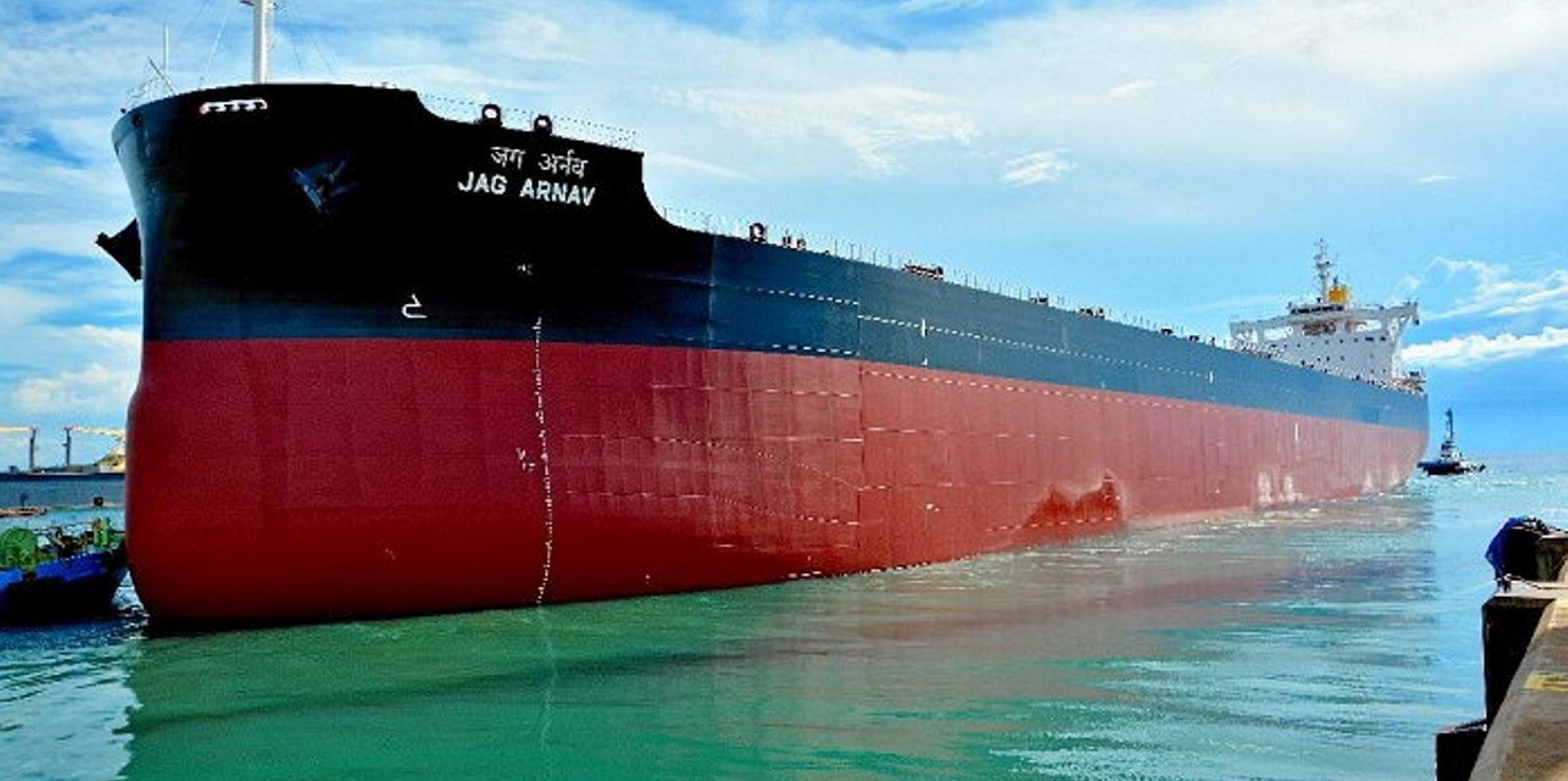Product tanker owners could be set for a boost to their balance sheets in healthier markets.
Brokers are reporting increased interest in longer-term charter deals as spot rates rise, giving a potential knock-on effect to asset values.
Clarksons Platou Securities said earnings remain strong, with eco MRs and LRs averaging between $50,000 and $60,000 per day.
Modern LR2s are even approaching $70,000 per day for naphtha cargoes from the Middle East to Japan.
Analysts Frode Morkedal and Even Kolsgaard peg a three-year time charter for an eco-MR ship at $17,500 per day, based on a recently completed deal.
LR2 contracts are being talked at up to $27,000 or $28,000 over the same term.
“Although not confirmed, we believe that this rate level could increase ship values by up to 10%,” the analysts added.
“Evidence of longer-term charters could also help boost confidence that the current strength in spot rates will last longer,” they said.
Refinery margins are nearing record highs, with plants generating net margins of $40 to $60 per barrel.
Peak spring maintenance has been exacerbated by Chinese lockdowns, resulting in lower refinery runs across the country.
Refinery boost
But Clarksons Platou said: “Seasonally, we should see a significant increase in refinery activity during the summer months, which would be good for both crude tankers and could lift product tankers even higher.”
Likely upcoming European Union and G7 bans on Russian oil will also “intensify” the ongoing tonne-mile shift, the investment bank added.
Consultancy Argus has also reported that the US Senate is working on a “No-Opec” act that would allow US prosecutors to sue foreign entities in US courts for anti-competitive behaviour in oil markets.
For the time being, Opec+, which includes Russia, is focusing on maintaining group unity and spare capacity, but at least more crude volumes from the US Gulf could arrive in the coming months, Morkedal and Kolsgaard argue.
Sister company Clarksons Research reported a further softening in crude tanker markets over the last week, amid more limited activity, oversupply in the West and disruption to Libyan volumes.
Average VLCC spot earnings dropped back into negative territory, while suezmax levels eased further to below $20,000 per day, having stood at more than $70,000 in early April.






